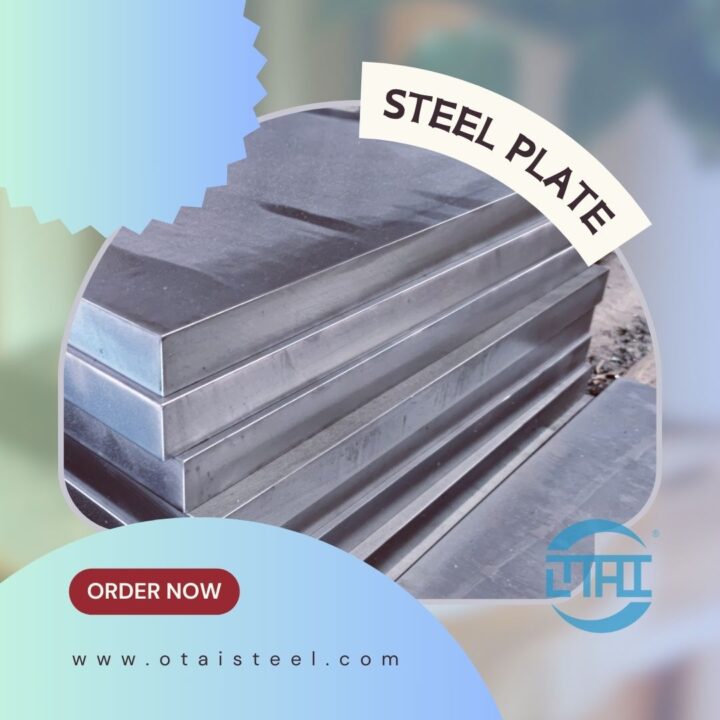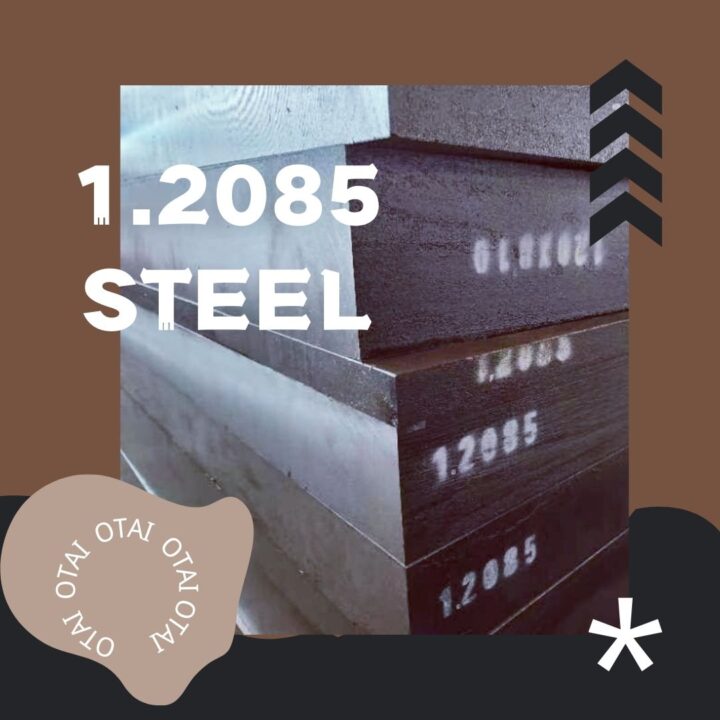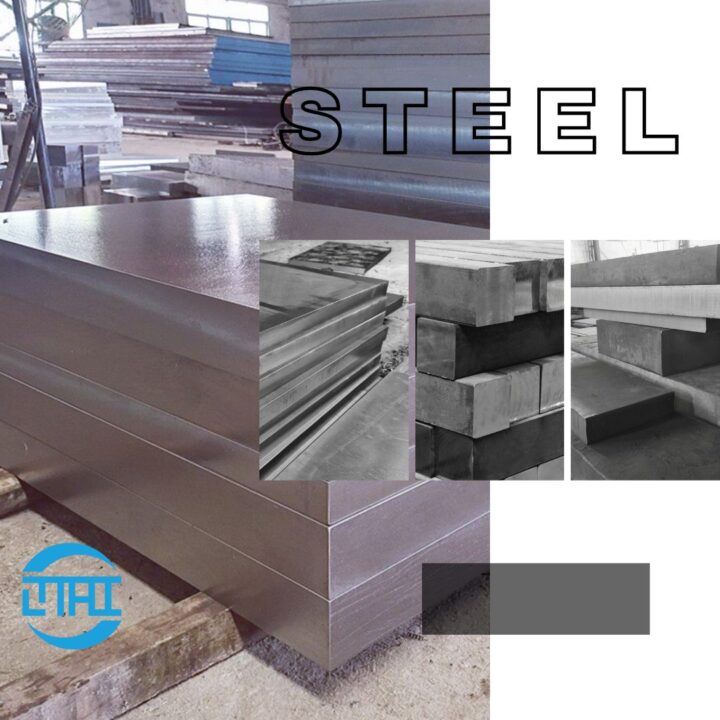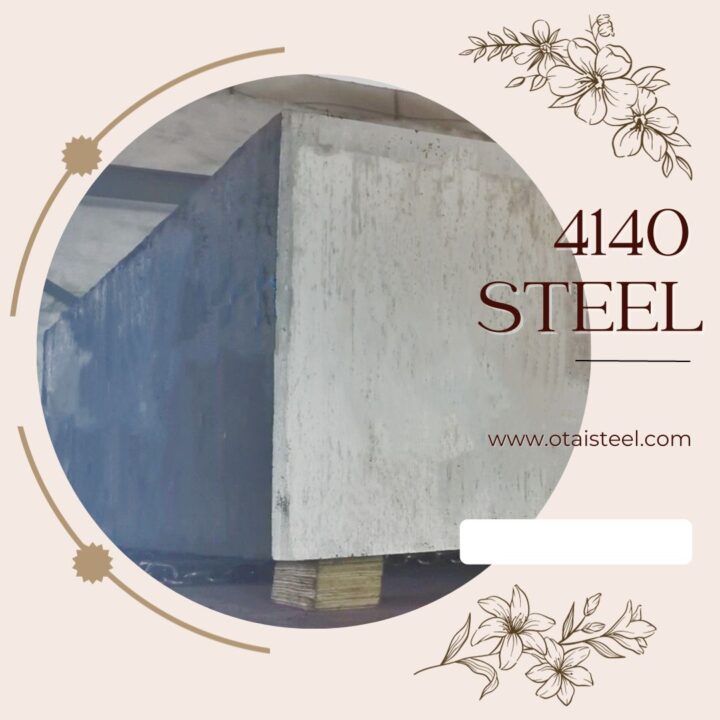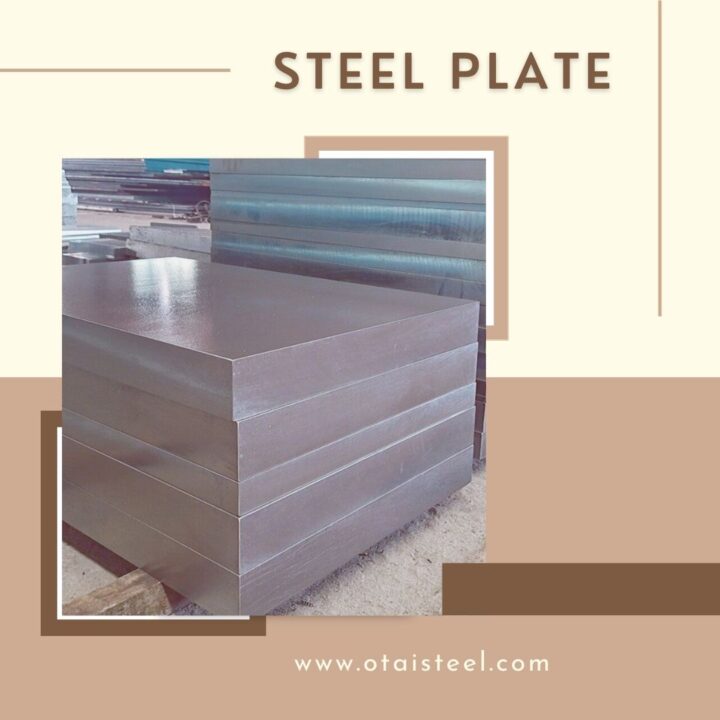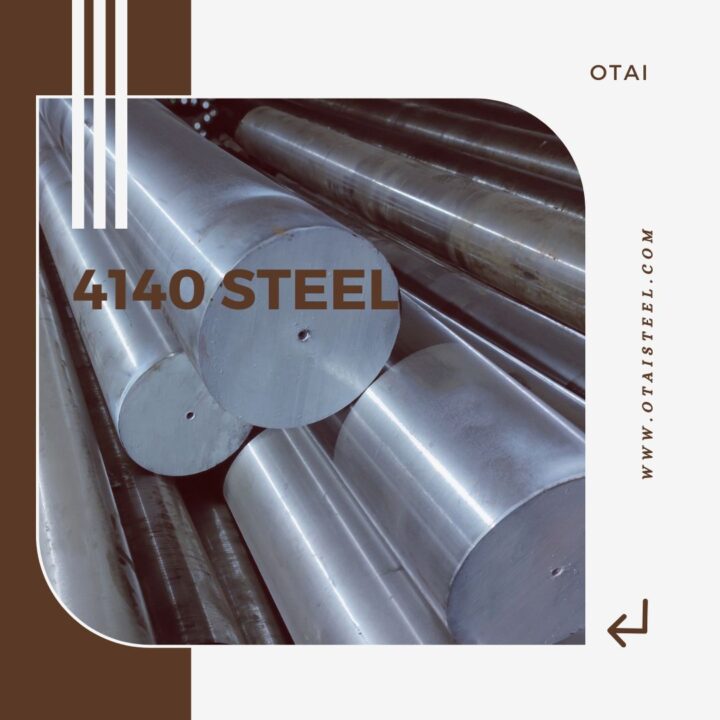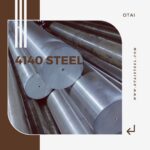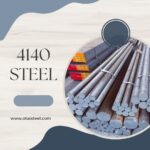How to test 4140 steel for quality and performance?
4140 steel is a low-alloy steel that offers an optimum heat-treat response in heavier cross-sections. Here are some ways to test 4140 steel for quality and performance:
Hardness Test
The Rockwell hardness test is an indentation hardness test that involves the use of a verified machine to force a diamond spheroconical indenter or tungsten carbide (or steel) ball indent into the surface of a material. During the test, a metal component or metal sample is subjected to a controlled amount of stress. The depth of penetration into the metal is measured when it resumes its original shape. The Rockwell scale is a hardness scale based on the indentation hardness of a material.
Tensile Test
Tensile testing, also known as tension testing, is a fundamental materials science and engineering test in which a sample is subjected to controlled tension until failure. Properties that are directly measured via a tensile test are ultimate tensile strength, breaking strength, maximum elongation, and reduction in area. In the tensile test, it is determined which load a material can withstand until it begins to deform plastically (yield strength) or under which maximum load the material breaks (tensile strength).
Charpy Impact Test
The Charpy impact test is a standardized high strain-rate test that determines the amount of energy absorbed by a material during fracture. It is used to determine the toughness of a material. The test involves striking a standard notched specimen with a controlled weight pendulum swung from a set height.
Fatigue Test
The fatigue test is a type of mechanical test that measures the strength of a material under repeated cyclic loading. It is used to determine the durability of a material and its ability to withstand cyclic loading. The test involves applying a cyclic load to a specimen until it fails.
Microstructure Analysis
Microstructure analysis is a process of studying the microstructure of materials using various techniques such as optical microscopy, scanning electron microscopy (SEM), transmission electron microscopy (TEM), and X-ray diffraction (XRD). It is used to determine the properties of materials such as their strength, ductility, toughness, and corrosion resistance.

